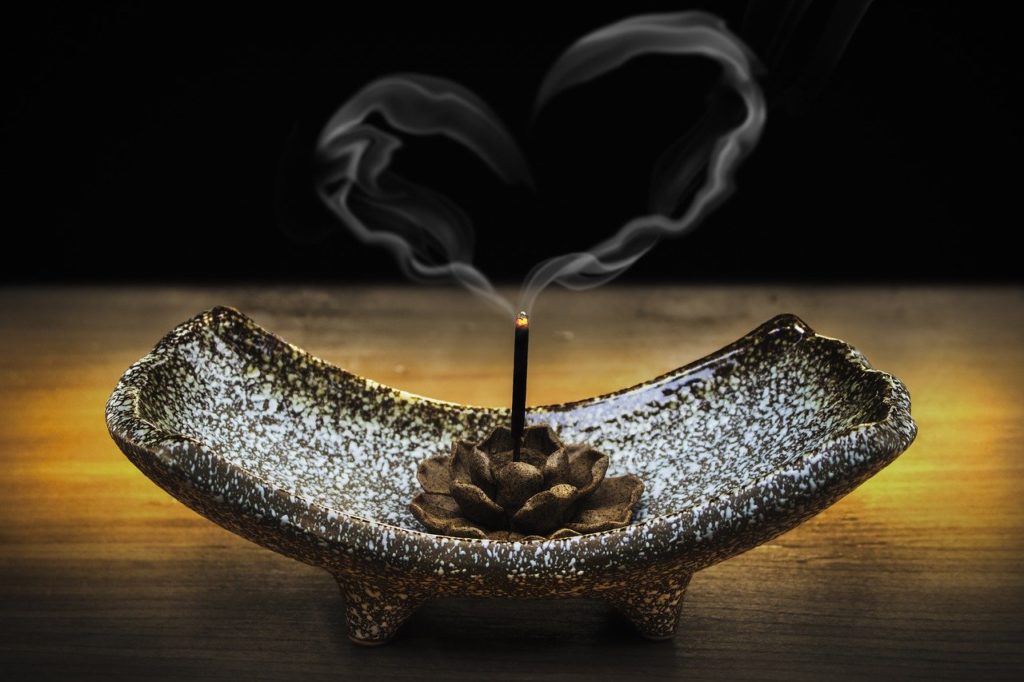Stress is no stranger in the world we live in. While some stress is necessary for growth, too much stress can be debilitating to our lives physically and mentally.
Think of stress as food. You need food to survive, but consuming too much food and you can expect to encounter numerous health problems. This is why it is important to balance your food intake (quantity and quality), eating neither too much nor too little.
Stress should be treated similarly. You need some stress in your life but excessive stress over a prolonged period is simply harmful. Thankfully, you possess a tool that can be used to deal with stress: your breath.
Although many would prefer to consult a therapist, learning how to calm yourself whenever stress arises remains a valuable skill worth having. All you need is some practice and an adequate amount of time to make mindful breathing a daily habit.
Your Breath and Stress
The biological function of the breath is to assimilate oxygen and expel carbon dioxide through your lungs.
Breathing, though, goes further than that. It is one of the most reliable and – unfortunately – often overlooked tools that anyone can utilize at any moment for calming the mind.
Controlled, mindful breathing can help keep your brain and body fit as a fiddle by reducing circulatory strain, advancing sensations of peace, and ultimately relieving pressure.
Unfortunately, many people tend to breathe the ‘wrong’ way. By wrong, we mean that you are likely to be doing chest instead of diaphragmatic breathing. But are you aware that you used to breathe using your diaphragm?
It’s true. Every newborn starts out naturally with diaphragmatic breathing before chest breathing took over somewhere down the line.
Try placing your hands on your abdomen right now to see if you are doing chest or diaphragmatic breathing. You will feel movements in your chest if you are doing the former and in your stomach if it is the latter.
Abdominal breathing maximizes your amount of air intake per breath, making it much more efficient than chest breathing. It also brings down your pulse and lowers your blood pressure.
You can learn more about diaphragmatic breathing here.
Breathing the Mindful Way

Think of a time when you were anxious or afraid, like when you were going for a job interview or approaching someone you fancy. You probably noticed that your heart rate went up, your body tightened, and your breath got more shallow. This is how your body primes itself to enter the fight, flight, or freeze mode.
The solution is to pause and take a few deep breaths while being mindful of your thoughts and sensations.
Find a calm spot, gently stretch your body, and start counting your breaths. Take a deep inhale (count to 5) and feel your stress melting away on your exhale (count to 10). Do this as many times as you like until your body is fully relaxed and your mind calmed.
This is an especially useful tactic to use when you are under pressure e.g. meeting a tight deadline or making important decisions.
You can also use this as a mini-break to calm down your brain.
Inhale. Exhale.
Breathing is something that you do as long as you are alive.
So, why not make full use of this wonderful (and free) tool as a way to declutter your mind and be more in tune with your inner true self?
You will be glad you did.




